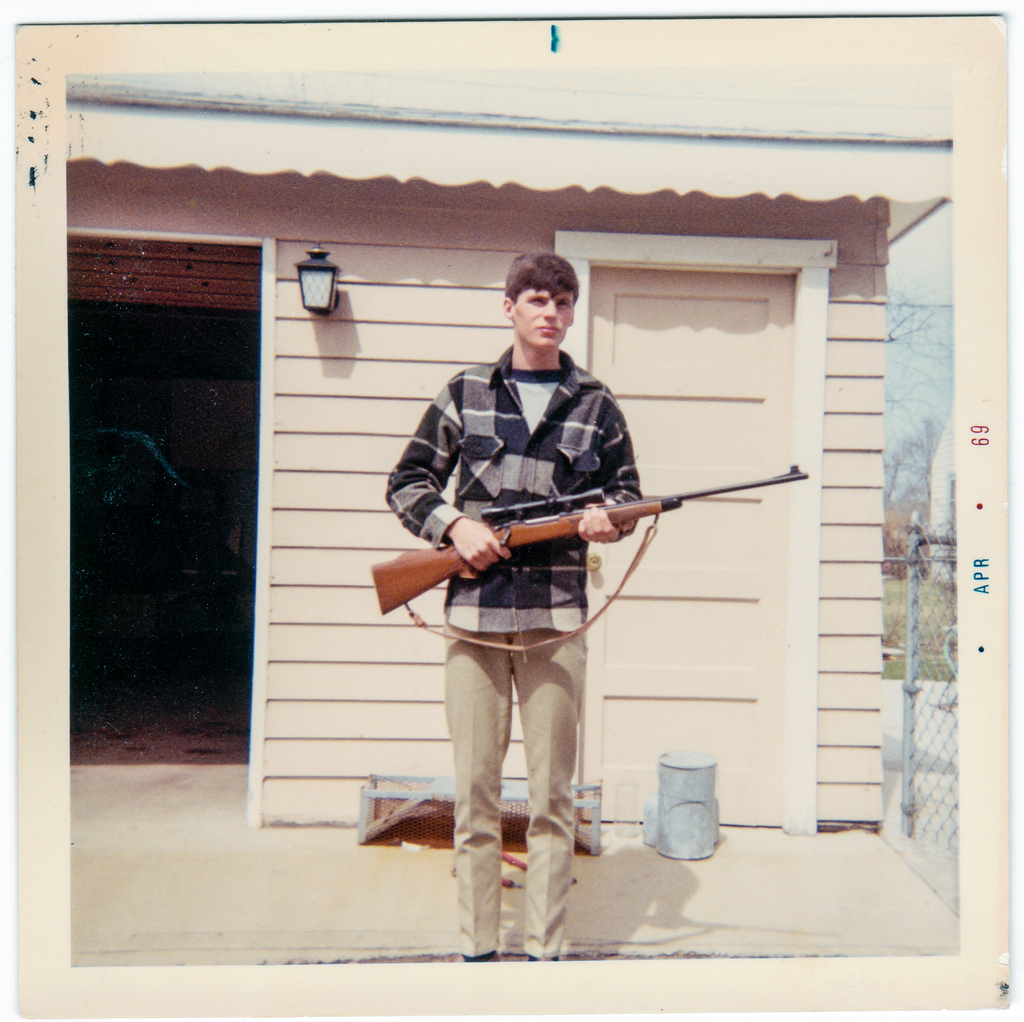72. Hunt and shoot responsibly, and support bird-friendly game management policies.

Although it’s counterintuitive for many people, hunting and bird protection go hand in hand. Much of the natural habitat in North America, and particularly that in the national wildlife refuge system, has been bought, protected, and enhanced thanks to support by hunters through the Pittman-Robertson Act, hunting licenses, and other fees. Throughout most of U.S. history, hunters such as John James Audubon, Theodore Roosevelt, and Aldo Leopold have taken the lead in major conservation movements, and they should take pride in their contributions to preserving the natural environment. I hear from many deer hunters who sit in their blinds for hours and have charming encounters with birds, from chickadees to owls. And kindhearted hunters often set out venison ribs or antlers for their backyard birds.
But hunters sometimes give themselves too much credit for bird conservation. Even today, they continue to shoot Greater Prairie-Chickens, Sharp-tailed Grouse, Sage Grouse, Northern Bobwhites, and American Woodcocks, yet these species are at historic lows in many parts of their ranges and are abundant nowhere. In Michigan, hunters started demanding the opening of a Mourning Dove season less than two decades after the state’s Greater Prairie-Chicken population had completely died out. That tragedy was largely due to habitat loss, but hunting certainly contributed to the decline, and as the population dwindled, Michigan hunters could have focused more attention on managing habitat for native prairie chickens rather than for white-tailed deer and exotic pheasants.
After resisting for many decades, hunters finally gave in to demands that they stop shooting waterfowl with toxic lead shot in 1991. In many places, however, they continue to use lead when hunting upland game birds, even though there are plenty of studies establishing that doves, gallinaceous birds, and other ground feeders ingest and are harmed by lead shot. In Ohio, Michigan, Wisconsin, and Minnesota—states where Mourning Dove season had been prohibited for many decades, until recently—there was no consideration of limiting the new hunt to nontoxic shot. And just about every year, I read of at least one case of a hunter mistaking a Whooping Crane for a Snow Goose. To maintain their credibility as a true force for conservation, hunters need to take their responsibilities toward the birds they harvest more seriously. Currently, major huntings spokespersons seem focused entirely on gun rights rather than conservation, although the two issues are hardly mutually exclusive. There’s also a dangerous resurge of interest in shooting large numbers of birds in “canned shoots” or on private property, reminiscent of the late 1800s, when the Passenger Pigeon was shot to extinction. This culture of overkill is exacerbated when the vice president of the United States shoots seventy pheasants and a large but undisclosed number of Mallards in a single day.
Nevertheless, virtually all hunters do want what’s best for gamebirds and other wildlife. There are a few steps that they can take to protect birds and their habitat. First, waterfowl and upland bird hunters should always hunt with dogs, which significantly increases their chance of retrieving shot birds. Second, hunters who truly care about gamebirds and other wildlife should use only nontoxic shot and bullets outdoors, whether they’re shooting birds, deer, or targets; the primary cause of mortality in reintroduced California Condors in Arizona and California is lead poisoning from bullets and shot in the carcasses they eat. Third, it’s a no-brainer that hunters should be able to positively identify their quarry long before shooting it, but in the excitement of the moment, mistakes can be made. The more time hunters spend looking at birds outside of hunting season, the more quickly and easily they’ll be able to recognize both appropriate and inappropriate targets while hunting.
In the case of badly declining species, hunters should voluntarily reduce or even eliminate their take in areas where a species is disappearing. And they should use their political clout to demand that more attention be given to these species. Hunters should also recognize that the population of deer is too high virtually everywhere and work to improve habitat for species other than deer. Even though they should be taken to task for problems associated with hunting, hunters should not be criticized for taking part in their sport, any more than Bald Eagles and Peregrine Falcons should be.
From 101 Ways to Help Birds, published by Stackpole in 2006. Please consider buying the book to show that there is a market for bird conservation books. (Photos, links, and updated information at the end of some entries are not from the book.)